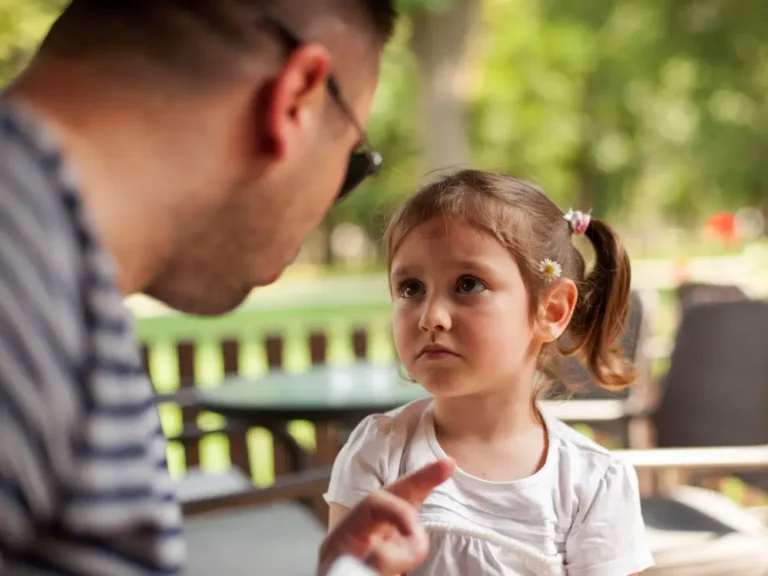See Monterey’s sea-otter paradise with a ride on a unique, electric catamaran

Our tour of the Elkhorn Slough, a biodiverse tidal estuary on Monterey Bay, begins on a sunny summer afternoon. Pupping harbor seals, endangered birds, and the world’s densest concentration of southern sea otters – including a rogue otter who has learned a lethal new trick – call the slough home.
You may have heard of people kayaking through this slough, but we’re boarding a very different vessel: the El Cat, a 37-foot, ADA-compliant catamaran. We settle into padded seats and pull out binoculars and birding guides.
“This is an inland waterway, so it’s calm,” says our captain from Monterey Bay Eco Tours. “Please stand up, stretch your legs, and walk around.” Please, however, keep at least two-thirds of your child or husband inside the boat at all times.”
The El Cat is a one-of-a-kind creature in the world. Wendy Kitchell, the company’s owner, custom-built it with her brother Joseph Kitchell using a proprietary epoxy-infusion system. It’s so light and strong that a cargo ship could run over it and the broken pieces would still float. That would never happen in these safe waters, where the biggest risk is mispronouncing “slough.” (Hint: it has nothing to do with “plow” or “rough.”)
As we enter the main channel, the arf-arfing of sea lions can be heard from the shore. The ship is silent and moves like a song. The El Cat is powered by what appear to be two golf-cart batteries. Wendy Kitchell valued being all-electric.
“I moved to Key West when I was 18 and started working on a charter boat on the world’s third largest coral reef,” she explains. “I saw it disintegrate and die right in front of my eyes.” That made me very sad, whether it was due to a change in temperature, cruise ships, or us putting snorkelers in the water with sunscreen all over their bodies.
“I wanted to figure out a way to have the least amount of impact,” she says. “I’ve seen a lot of fuel oil go into the water in my lifetime on boats, and it was exciting not only to have a quiet motor with minimal impact noise-wise, but also to not have emissions going into the water or the air.”
Elkhorn wasn’t always in good health. There were issues with agricultural runoff from dairy farms, as well as environmental imbalances that allowed certain species to thrive while others died out. However, after much effort, it has become a model of recovery.
More than 300 bird species can be found in the skies and marshlands, many of which are migrating along the Pacific Flyway. There are harbor seals performing the “banana pose,” in which their heads and rear flippers are elevated to demonstrate that they are safe and happy. You might see alien-looking creatures that get swept in from the extremely deep Monterey Canyon – egg-yolk and lion’s mane jellyfish as wide as trash-can lids or a 6-foot mola mola (ocean sunfish) swimming on its side to give you the wonky side-eye.
The captain introduces Rachel Clifford, the naturalist leading our tour, as we travel upriver. “Rachel knows a ton about otters,” he says. “As well as mud.” She studies marine sediments. We hope you have a lot of questions about otters, because otherwise she can go on and on about mud.”
“The mud is like a rainbow-colored layer cake.” “Some of it even photosynthesizes, turning green and other colors,” Clifford explains. She takes a breather. “Please ask questions! If I’m left alone, I’ll just talk about mud.”
We pass fat sea lions perched on docks at unusually high levels. They can “jump-climb” up tall dock poles, leaping from the water and landing on their flippers. “They always haul out on our boat dock, which is super helpful,” Clifford says.
As we pass a colony of Brandt’s cormorants, our nostrils clench. Nests are built on collapsed docks by diving birds using algae, eelgrass, and a lot of stinky guano for insulation. During breeding season, they wear a cobalt-blue balloon thingie called a “gular pouch,” which helps them attract suitors, according to Clifford. “They mate for life, though sometimes there’s cormorant drama, and males and females wind up going after each other.”
Brown pelicans are likely to have flown in from Baja California within the last two or three weeks. Then there are western gulls, which have a red spot on their bills that chicks use to stimulate feeding. “You occasionally see juvenile gulls who should know better doing the same thing.” Lazy!” Clifford explains.
It only takes us 10 minutes to come across our first sea otter. This is great news for Monterey Bay Eco Tours, which advertises on its website that it “guarantees you will see otters or your money back!” It’s a female monkey swinging around with a clam shell on her chest. Her nose has scars from males biting it during mating, so we know it’s female.
“Nobody’s ever really told male otters about consent,” Clifford jokes.
This mother otter turns out to be the leader of the otter battalion that controls the slough. Many are descendants of otters introduced by the Monterey Bay Aquarium decades ago, which helped reestablish the species in this part of California. Elkhorn is now at capacity with over 100 otters – any extras just sort of leak out into other areas.
There are parent otters instructing their pups on foraging, sleepy otters wrapped in eelgrass to keep them from drifting away, and sun-bathing otters with their paws raised in a “touchdown” pose. (Otters don’t have fur on their toes, so they stay warm.) You shouldn’t, but you couldn’t throw a clam shell without hitting an otter on the head, and then it’d bounce and hit another otter.
Eelgrass relies on sea slugs to remove algae. However, when there were so many crabs eating the slugs, algae grew rapidly and killed the grass. The reintroduction of otters changed everything.
“They ate the crabs,” Clifford says. “It was a thrilling, unexpected success story.” When one organism is reintroduced, the health of the entire ecosystem improves. This is known as a trophic cascade.”
Predators such as kites and peregrine falcons can be found here, but one otter has caught the attention of the bird world. “We have a sea otter that’s decided to take birds and eat them,” Kitchell says. “That is not a common occurrence.” “It’s known as ‘The Birdurer.'”
We return to the launch point after our 90-minute tour, passing harbor seals periscoping with their heads up in the water. “Ooh, I hear some harbor-seal sneezes!” exclaims Clifford, to a distant soft snuffling. “It’s one of the ways they expel nasal water.”
We disembark with new animal facts to share at the next bar trivia night and a strong desire to return soon. We just hope it remains the same charming, wildlife-filled haven in the future.
“With the flooding that happened in the Pajaro district this winter, we’re probably going to see an effect in the slough because of all the toxins that were introduced,” Kitchell says. “You will see the impact on wildlife in the coming years.” We love taking people out to appreciate the beauty and diversity of this fragile ecosystem.”




